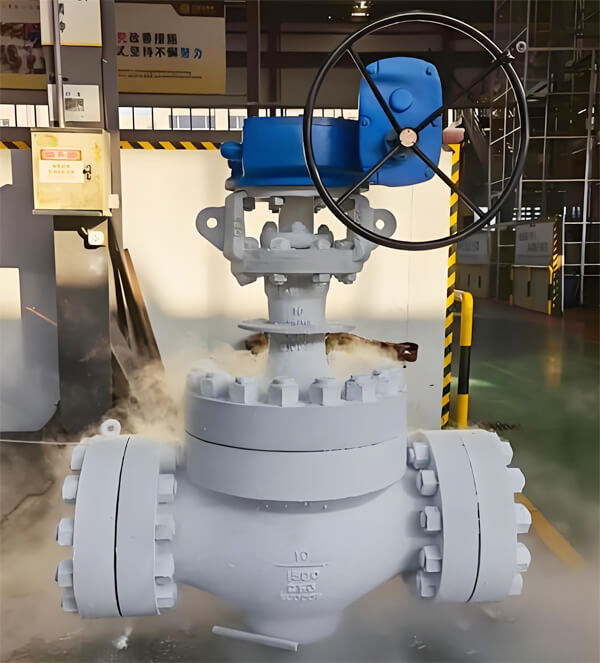What is a Cryogenic Ball Valve
A cryogenic ball valve is a specialized flow control device engineered to operate at temperatures below -40°C (-40°F), with some models functioning reliably at -196°C (-321°F). These valves feature an extended stem design that prevents seat freezing and maintain bubble-tight sealing in liquefied gas applications.

Temperature Ranges & Material Specifications
Operating Temperatures
Standard range: -40°C to +80°C
Extended cryogenic range: -196°C to +80°C
Construction Materials
Body: ASTM A351 CF8M (316 stainless steel)
Seats: PCTFE (Kel-F) or reinforced PTFE
Ball: 316L SS with electroless nickel plating
Stem: 17-4PH precipitation-hardened stainless steel
Key Advantages of Cryogenic Ball Valves
Zero-leakage performance in LNG/LPG service
30% lower torque compared to gate valves
Fire-safe API 607/6FA compliance
10,000+ cycle lifespan in cryogenic conditions
Industrial Applications
LNG liquefaction plants & regasification terminals
Liquid nitrogen/oxygen storage systems
Cryogenic tanker truck loading arms
Space launch vehicle fueling systems
NSW: Premier Cryogenic Valve Manufacturer
NSW Valves holds ISO 15848-1 CC1 certification for cryogenic sealing performance. Their product highlights include:
Full 3D FEA simulation for thermal stress analysis
BS 6364-compliant cold box testing protocol
DN50 to DN600 sizes with ASME CL150-900 ratings
24/7 technical support for LNG plant operations
Post time: May-27-2025






